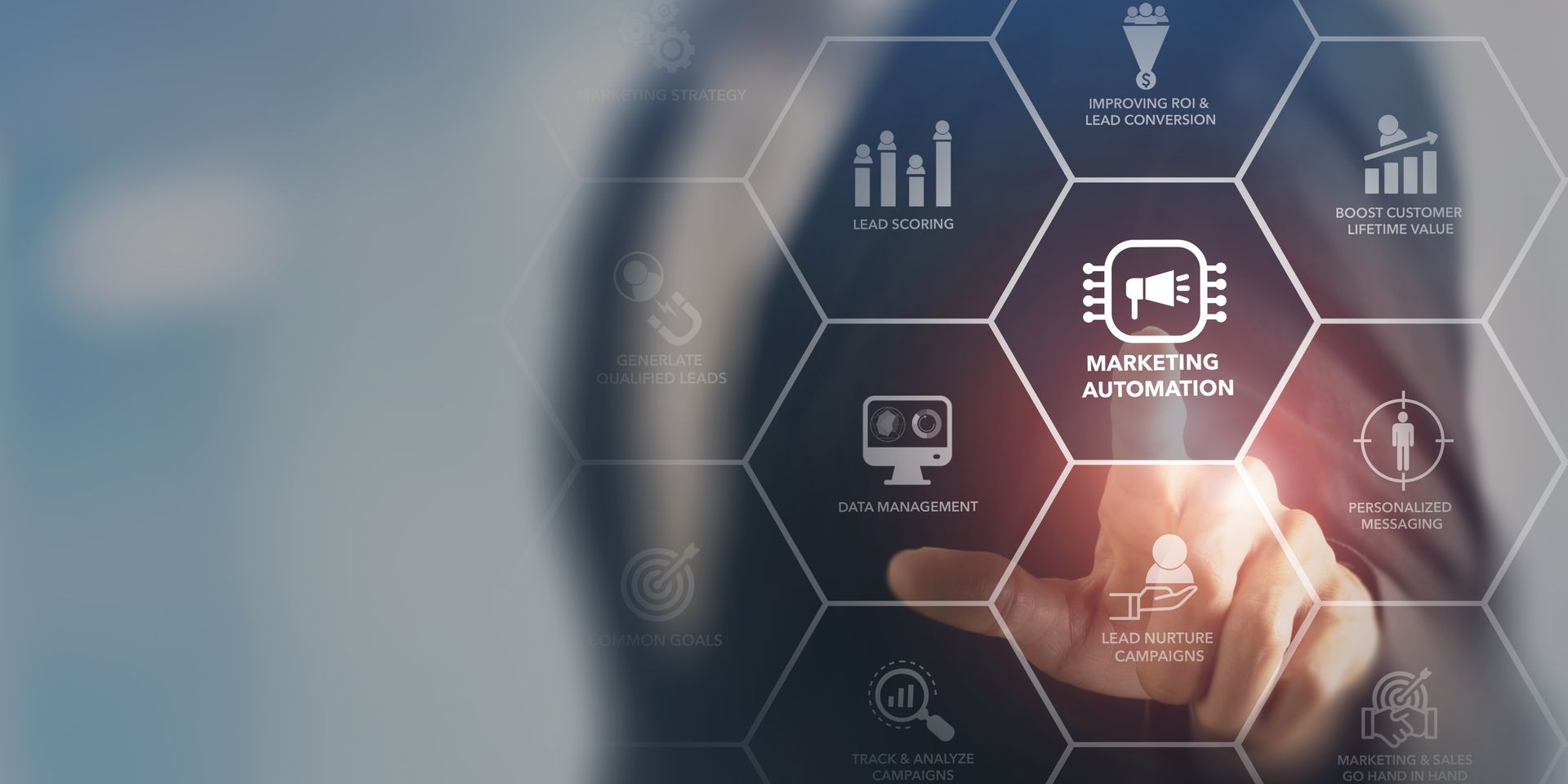How to Follow Up with Every Lead Without Working 10x Harder
The Automated Strategy That Lets You Scale Responsively—Without Losing the Human Touch

Imagine you’ve just received five new leads while driving to pick up your kids. Three more come in during dinner. Another six hit your inbox overnight. You’re excited—but also overwhelmed. Because while lead generation is a great problem to have, follow-up can quickly become a bottleneck.
The truth? Most businesses don’t struggle to get leads—they struggle to follow up consistently, quickly, and effectively.
And that’s costing them money.
78% of customers go with the first business that responds. If you’re waiting until morning or the next free hour, chances are someone else already won the sale. But here's the good news: following up with every lead doesn’t require working longer hours. It requires smarter systems.
Why Manual Follow-Up Doesn’t Scale
At first, manual follow-up feels manageable. You send a text or email. You set a reminder to call. Maybe even plug it into your notes app. But what happens when 10 leads come in? 20? 50? Your brain becomes the CRM. And no matter how well-intentioned you are, some of those leads fall through the cracks.
- You forget who you followed up with and who’s waiting on a reply.
- You don’t have time to respond until hours (or days) later.
- You lose momentum with warm leads because there’s no nurturing process in place.
This isn’t a hustle problem—it’s a system problem.
Check Out Why Fast Follow-Up Matters
The Modern Buyer Expects Instant (But Personal) Contact
Thanks to the Amazons and Ubers of the world, today’s buyers expect:
- Speed
- Personalization
- Ease
They want to know you got their inquiry. That they’re on your radar. And ideally, that they don’t have to chase you for next steps.
This doesn’t mean you need to hire a 24/7 team. It means you need a process that responds instantly—even if you’re in a meeting, asleep, or spending time offline.
The 3-Part Follow-Up Framework for Busy Business Owners
Automated follow-up isn’t about replacing human connection. It’s about supporting it—so that when you do step in, you’re informed, on time, and closing warm leads.
Here’s the system we use (and recommend to our clients):
Step 1: Capture the Lead Seamlessly
Every follow-up system starts with consistent lead capture. That means:
- Embedding clear forms on your website and landing pages
- Using Facebook lead ads with auto-import into your CRM
- Connecting your Google Business chat or social DMs to a centralized inbox
Once a lead comes in, your system should do two things instantly:
- Tag the lead based on where they came from
- Trigger the right follow-up workflow
Check out AI Chatbots That Convert
Step 2: Respond Within Minutes—Automatically
This is where the magic happens. Set up your system to immediately send a personalized message that feels human, not robotic.
Example:
"Hey [First Name], thanks for reaching out! We got your request and will follow up shortly with next steps. In the meantime, feel free to check out our FAQ page here."
This kind of response:
- Confirms receipt
- Sets expectations
- Builds trust while you’re away
If appropriate, include a link to book a call or fill out additional intake info so the lead stays warm.
Step 3: Nurture Until They’re Ready
Not every lead is ready to buy now. That’s why a strong system doesn’t just respond once—it nurtures intelligently.
Set up a 5–10 step sequence over 2–4 weeks that:
- Shares success stories or testimonials
- Educates the lead on your process or product
- Offers next steps or incentives to move forward
This ensures you stay top-of-mind without spamming their inbox.
Your CRM should track:
- Opens and clicks
- Replies
- Appointments booked
- Pipeline stage
So that you or your sales team can jump in at the right time.
Tools That Make It Easy (and Affordable)
You don’t need enterprise-level software to build this system.
Here’s what most small businesses use:
- CRM: GoHighLevel, HubSpot, or Zoho CRM
- Automation: Zapier, Make (Integromat), or native CRM workflows
- Forms/Lead Capture: Typeform, Jotform, or built-in CRM forms
- SMS/Email Tools: Twilio, Mailgun, or integrated platforms like GHL
The key isn’t the tool—it’s the structure.
Common Mistakes That Kill Follow-Up
Even with automation in place, some systems fall flat. Avoid these:
- Generic messages that feel like spam
- Overloading leads with too much info too fast
- Failing to test mobile formats (most leads read messages on phones)
- No human handoff when the lead replies or books a call
Your follow-up should feel natural, relevant, and timely. Think of automation as the warm-up act—not the full concert.
What Success Looks Like
An optimized lead follow-up system means:
- No more worrying about leads going cold
- No more late-night “just checking in” emails
- Clear, trackable lead journeys inside your CRM
- Higher close rates from warmer, better-educated prospects
Most importantly—it gives you back the time, energy, and consistency that manual follow-up steals.
Final Takeaway
Following up with every lead used to mean working nights and weekends—or letting revenue slip away.
Today? It’s about building a responsive system that:
- Captures leads from every entry point
- Responds instantly and professionally
- Nurtures with value until the lead is ready
- Alerts you to jump in at the right time
This isn’t just a better way to sell. It’s a better way to scale.
What's Next?
Want to set up your own automated follow-up system? Start with our blog on fast response strategies and chatbots that convert—and never lose a lead again.
More Marketing Tips, Tricks & Tools










